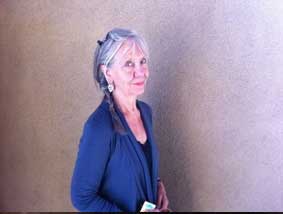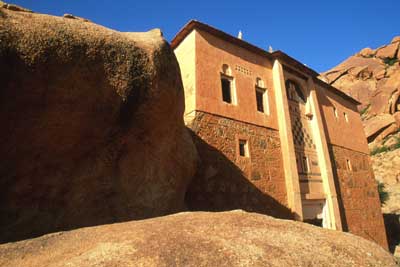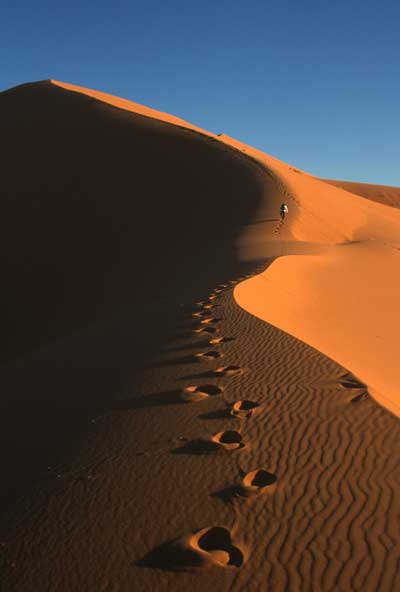Need a good travel guide to Morocco? Then look no further that Zohra’s Ladder and other Moroccan Tales by Pamela Windo as she guides us around some of the more lesser known and hidden parts of the country. From the Souk to the Hammam, this is a real insider’s tour…..

Take this book with you as Pamela shows us around – (The places and stories in the book they refer to are mentioned at the end of each answer)
You start your prologue with the line “Landscape or its absence, is the setting for our lives” – can you expand upon this?
If you were born and live in a big city, instead of a landscape of green fields and trees, mountains and streams, you have towering buildings, asphalt roads and concrete sidewalks. When I wrote: “landscape or its absence,” I meant whichever “landscape” you have shapes your lives. [Prologue]
You were born in England and now live in New York but it was North Africa which claimed you, when you went to Morocco to be alone and write. How do you think your experiences have shaped you?
I went to Morocco with the idea I would hide away and write a book. What I found was a lifestyle and culture that brought echoes of my childhood in England—before the consumer cult took hold, and the simple things of life were still valued beyond money. In Morocco, I gradually let go of all my ideas and ambitions and listened to a different rhythm in which people live in the present moment, in close connection to other people, whether family or strangers. [STORIES: Rabiah’s House; The Street Cleaner’s Clothes —
In both these stories, I loved the house I was living in; one was in a working-class neighborhood in Agadir, the other in a quiet neighborhood in the Medina of Marrakesh.

The bathing ritual you describe in An Afternoon at the Hamman is very evocative – the smell of the room, the feel of the sludge clay paste you put in your hair. What are your lasting memories of this early experience?
My first experience of the hammam was in a local one, not in one of those designed for tourists in a chic hotel. I felt shy but was immediately put at ease by the relaxed atmosphere… the women were of all ages and clearly felt neither shame nor embarrassment at being naked except for a pair of knickers. Veils and djellabas and scarves are worn in the street to hide women’s bodies from men’s lust. In the women’s hammam, those disguises are left in the lockers. All I felt was acceptance and friendliness, and a serious intent on getting clean, especially as most of the women didn’t have hot water, let alone a shower or bath, at home. I was shown the ritual and helped by whoever was nearest me, and quickly noticed that all the women had the same tried and tested traditional toiletries…. No need for anything fancy and expensive. [STORY: AN AFTERNOON AT THE HAMMAM]
You write of the difficulty of becoming accustomed to things you take for granted such as regular post and the freedom women have in the West. What could we learn from the women of Morocco however?
The hammam in particular showed me the strength of the sisterhood the women share… the scrubbing of each other’s bodies and rinsing of each other’s hair. But mostly I saw this solidarity in their homes, in which they reign over the men. Women neighbors come in every day to help grind the almonds, to do a mammoth wash, or make a huge couscous. Young girls watch their mothers, and learn how to cook and help with housework without complaint or excuses. By the time they marry, they are excellent cooks and take pride in the traditional dishes they present to their family. I found that women of all ages possess innate self-confidence that comes from self-acceptance. I once complained that I had no bosom, and received this response: “You are the way Allah made you. It is wrong to want to be different.” [STORIES: An Evening with the General’s Wife; Zohra’s Ladder]

Your descriptions of the golden-amber dunes of the desert are so evocative and immersive. The landscape is one of colours and contrasts. Was it difficult to capture its expanse and full beauty?
Yes, it was difficult to describe the country’s beautiful and varied landscapes. I always felt a jaw-dropping awe that left me speechless…or rather wordless! But I think that is precisely why we seek out these landscapes – to be stunned beyond words. This must be why they say “a photograph is worth a thousand words.” Even so, I had to try. [STORIES: The Desert Sky; In Search of the Argan Tree]

Street life in the Medina is a daily theatre. As if the day spent in the Souk. What aspect of life there did you find the most fascinating?
Daily life in the souk – Yes, to me it was a “theater” – the constant crowds were like a river streaming madly in all directions, a lack of order that creates scenes that are both spontaneous and magical –sleek Mercedes cars and mangy mules missing each other by a hair’s breadth; exotic enticing aromas mixing with the stench of animal and vegetable debris.[STORY: Pilgrimages to the Post Office; Observing Processions; The Days of Ramadan]
You immersed yourself in all aspects of life – the religion, the bathing rituals, the food. What have your continued to include in your life now?
I think that what have stayed with me most since I left Morocco are the people’s kindness and hospitality, and their insistence on authentic connection with others. You must stop in the street to say hello, even if the person is just an acquaintance; you must look the person in the eye to acknowledge them, and touch them with your hand, or with a kiss on the cheek. You must ask after their health and their family’s health before you take your leave. Of course, the music and dancing have stayed with me too, and perhaps the main thing that has remained a part of my life is the Moroccan cuisine – I am always cooking couscous and tagines for family and friends. [STORY: Lunch with the Sheikh; Baba Halou]
With many thanks to Pamela for taking the time to show us around and showing us a side to Morocco we’d never seen before. We’re off to the souk now for some authentic Moroccan tea. See you later!
Pamela Windo – http://www.pamelawindo.com/
Facebook – https://www.facebook.com/pamela.windo
Simon Russell – http://www.simonrussellphotography.net/


